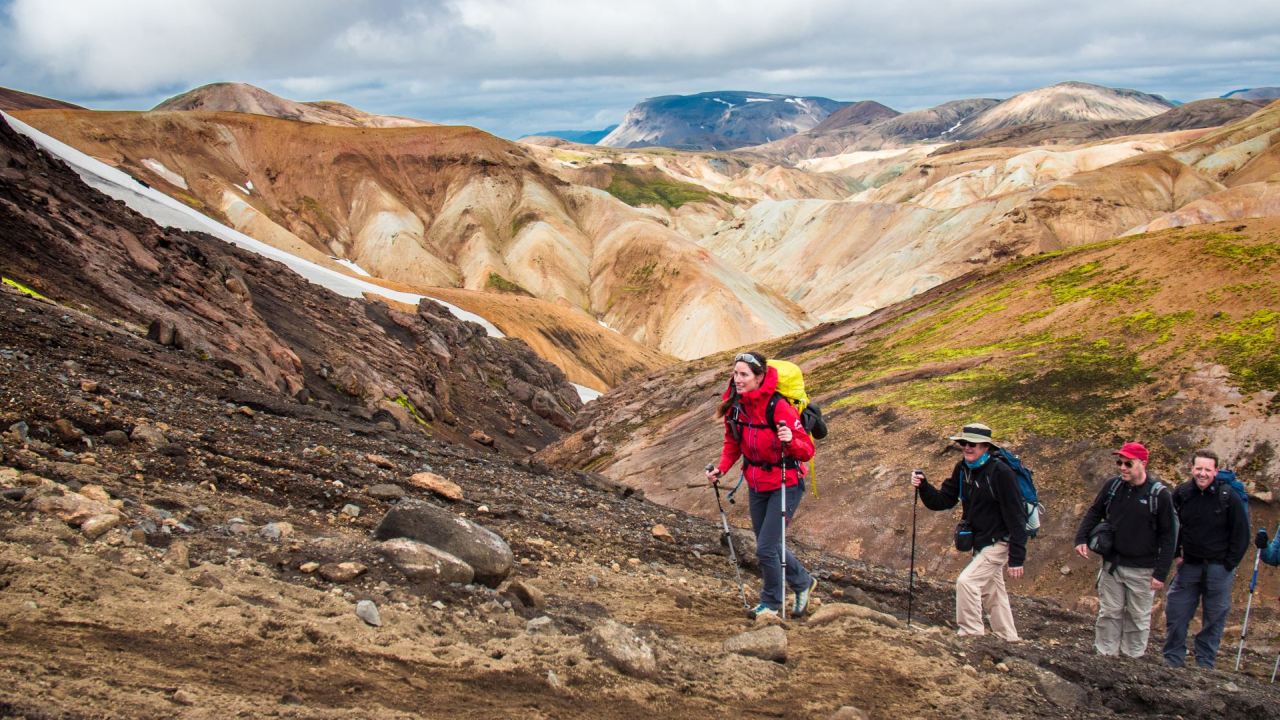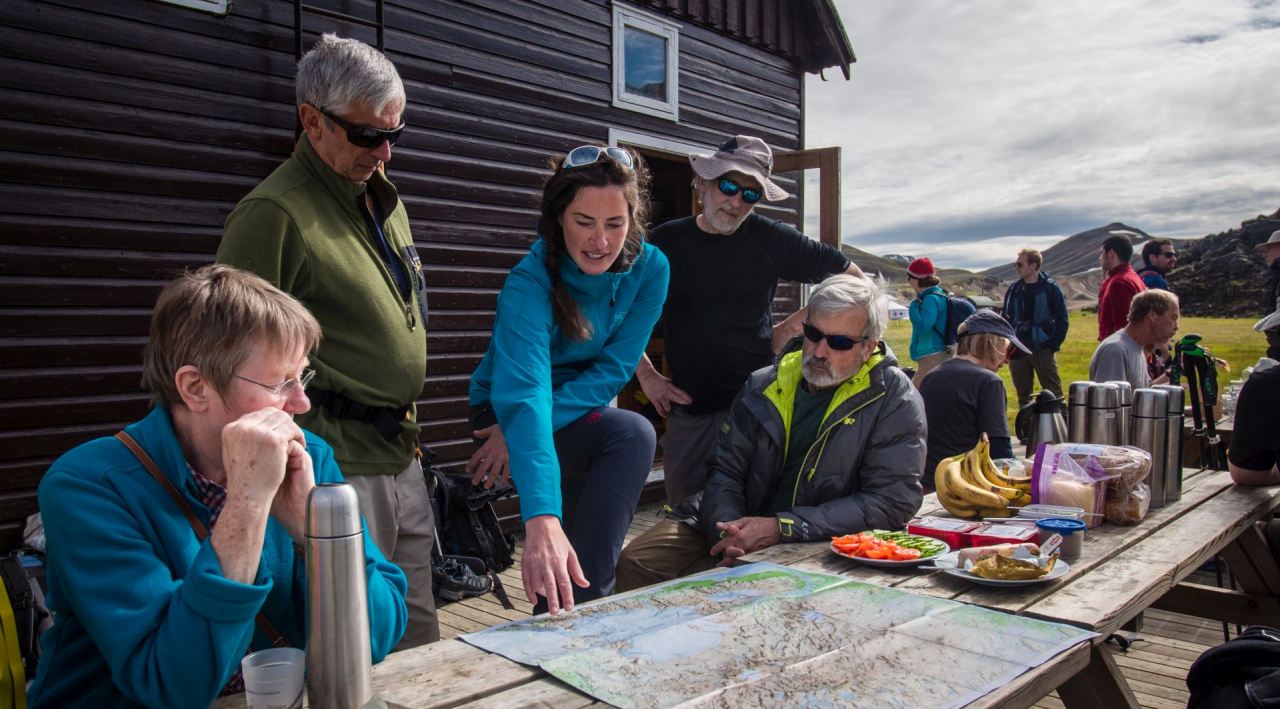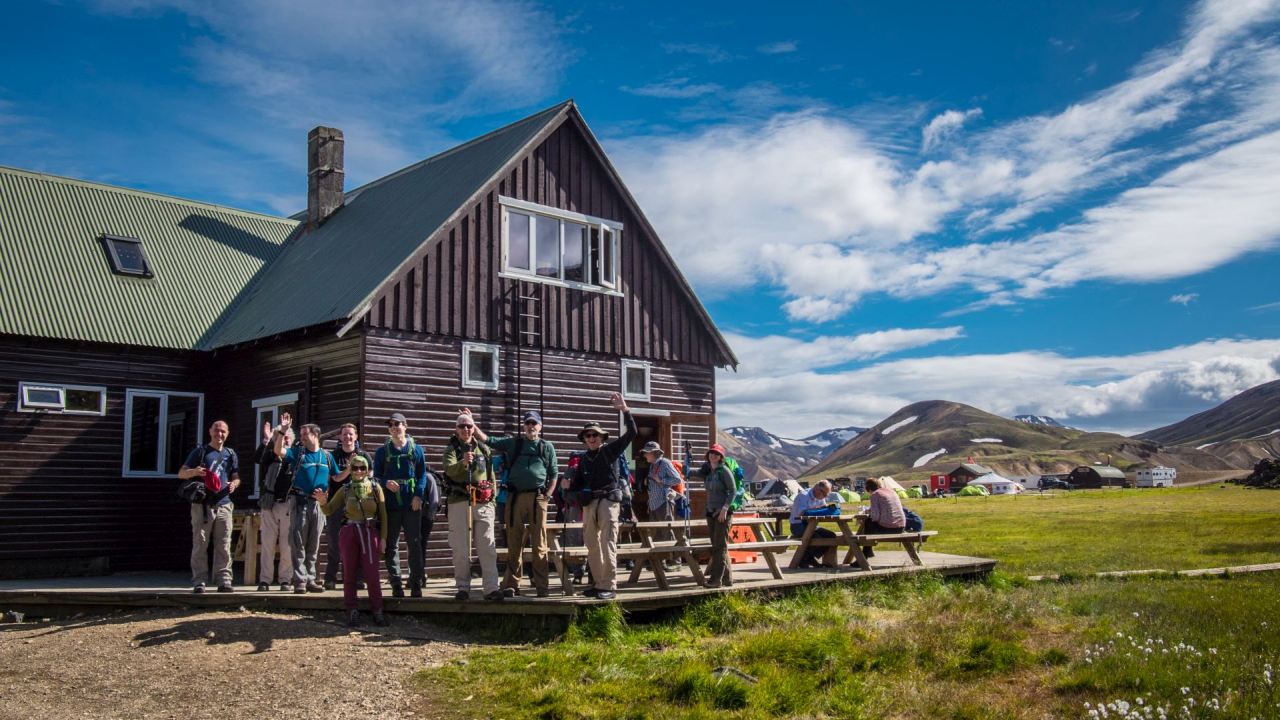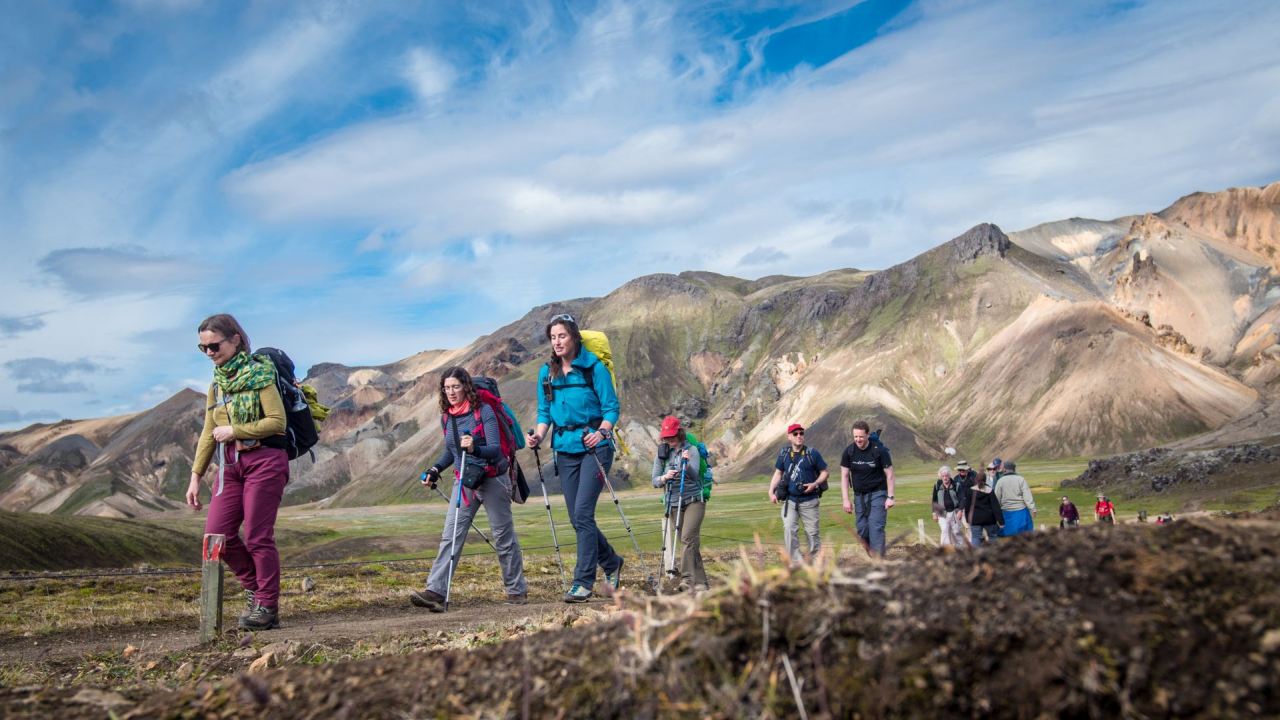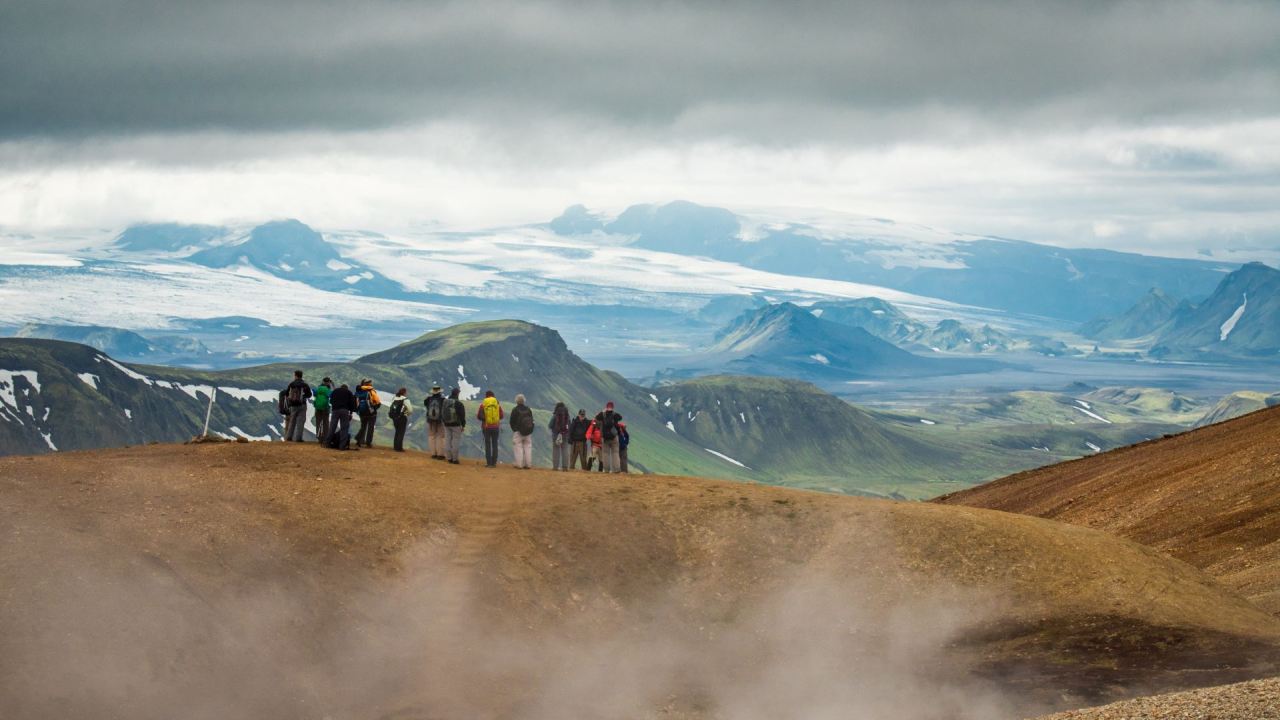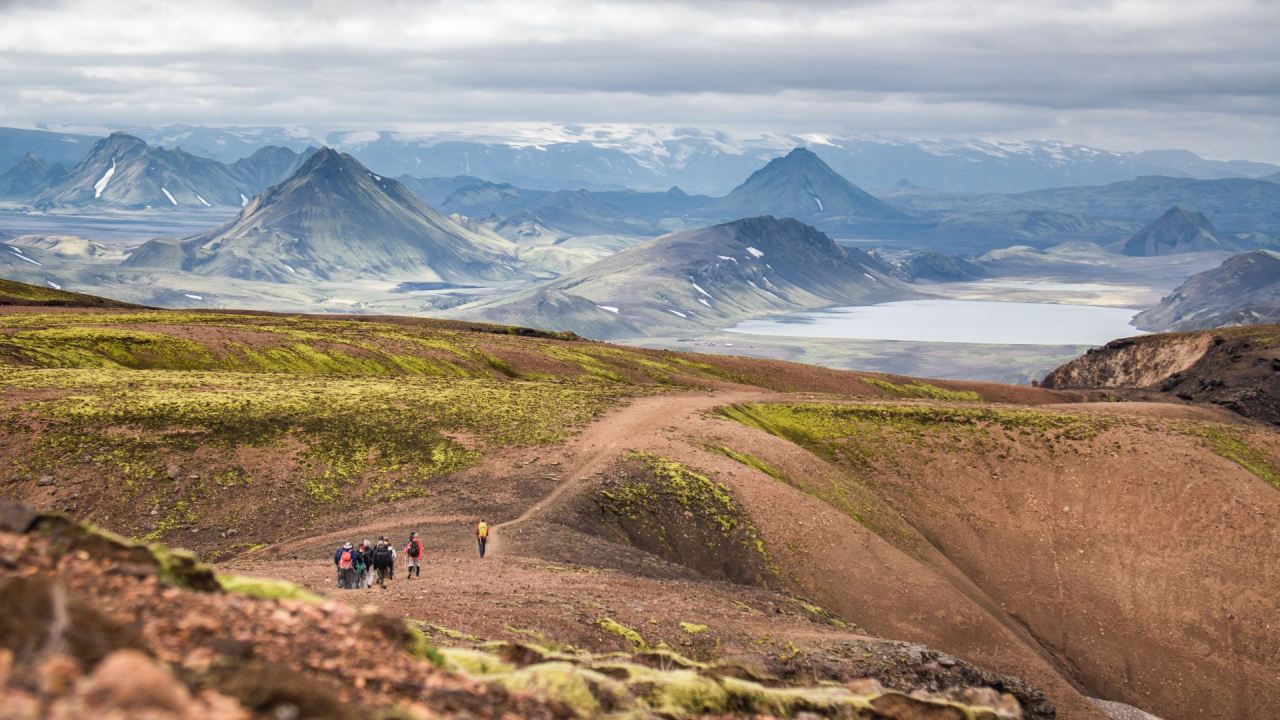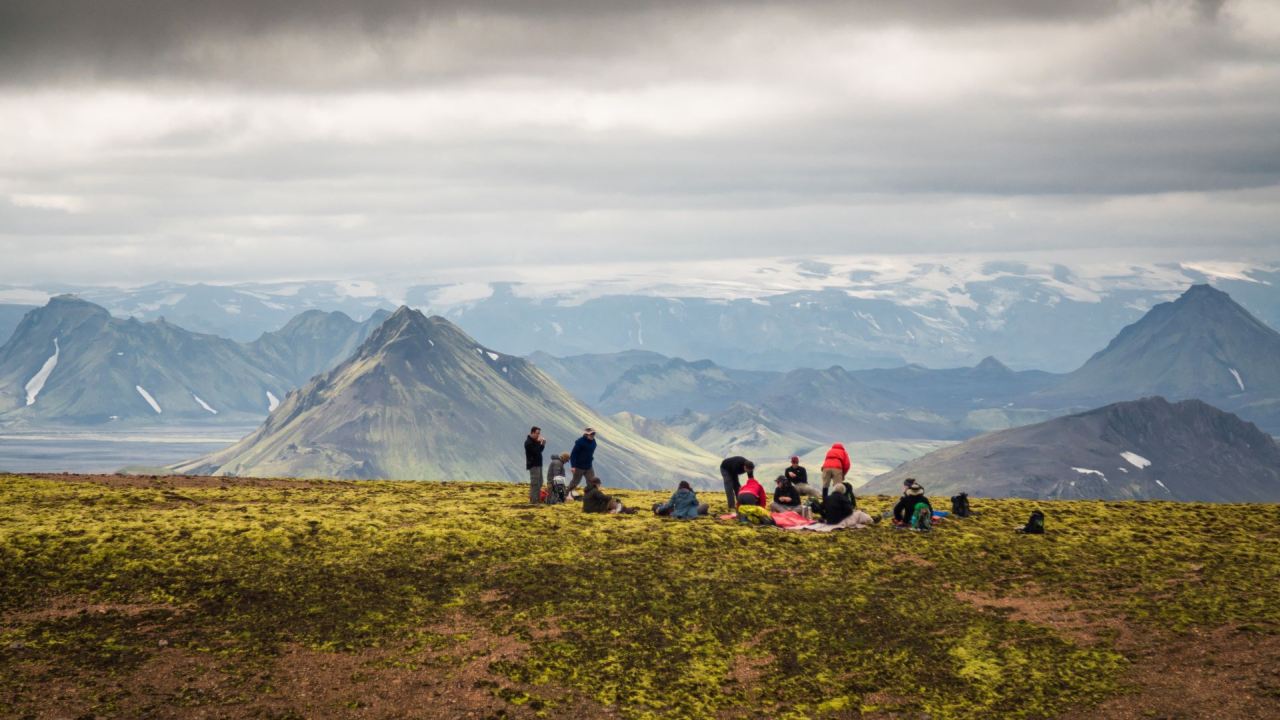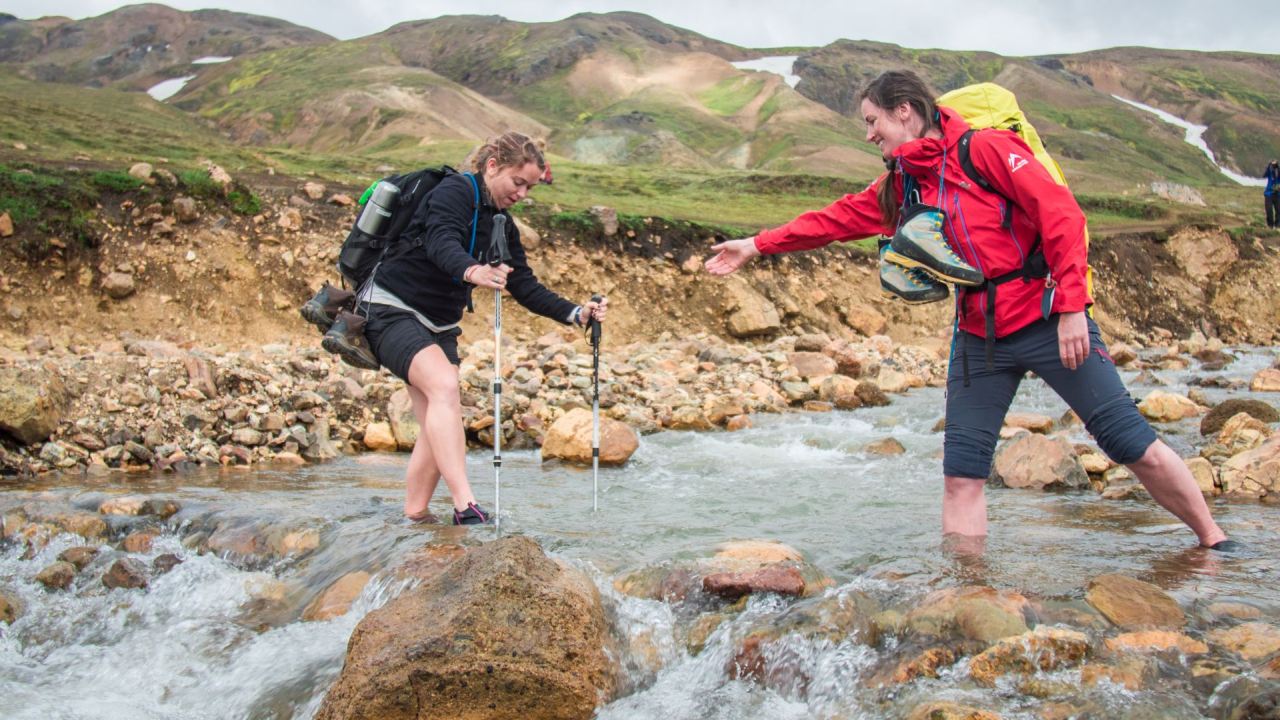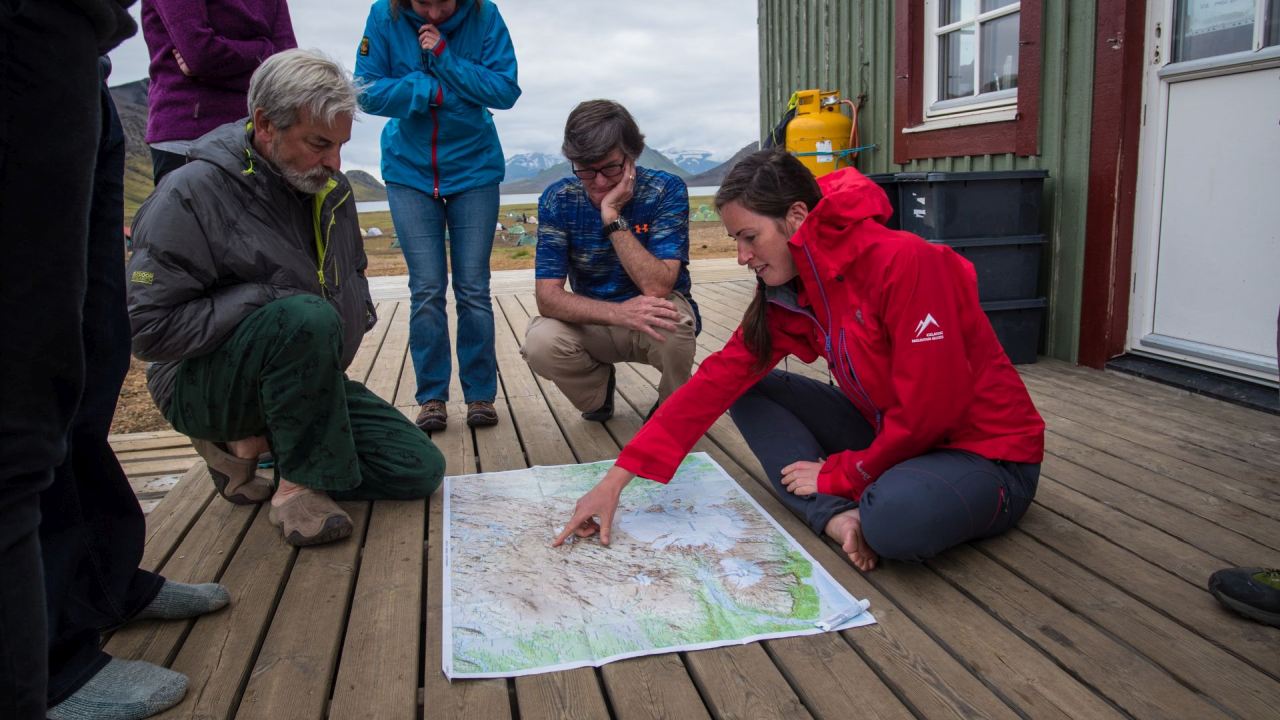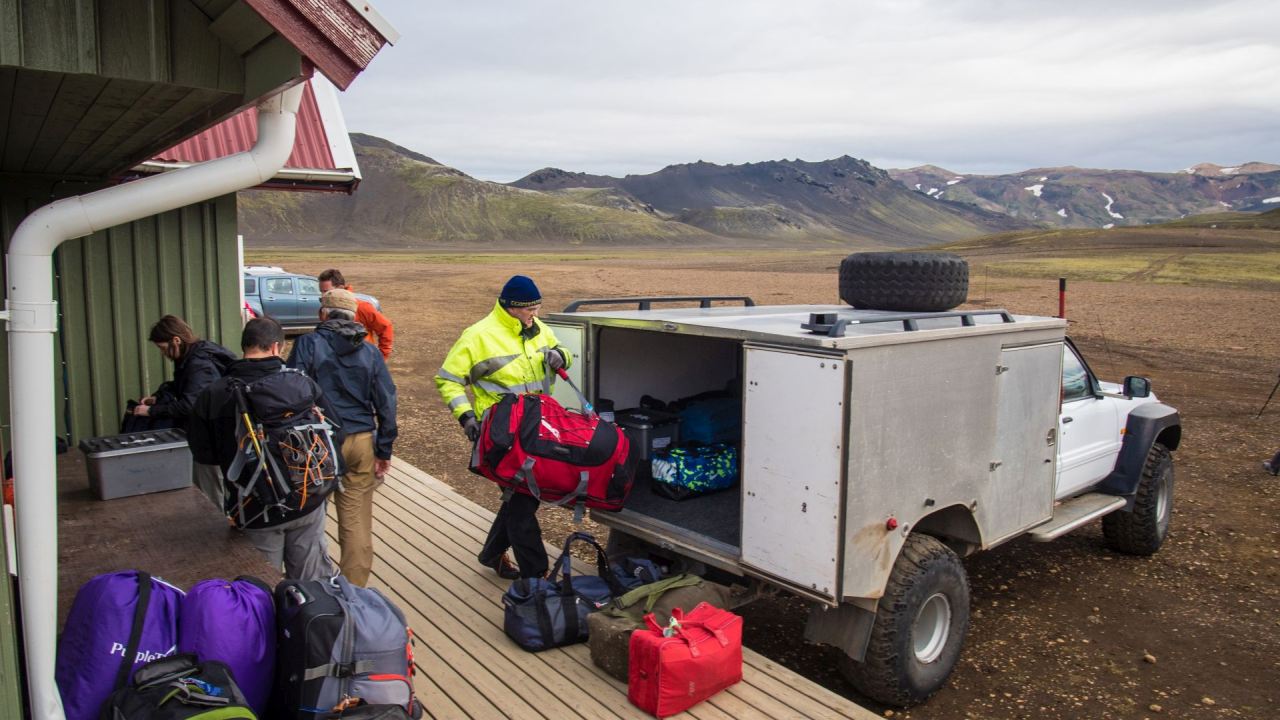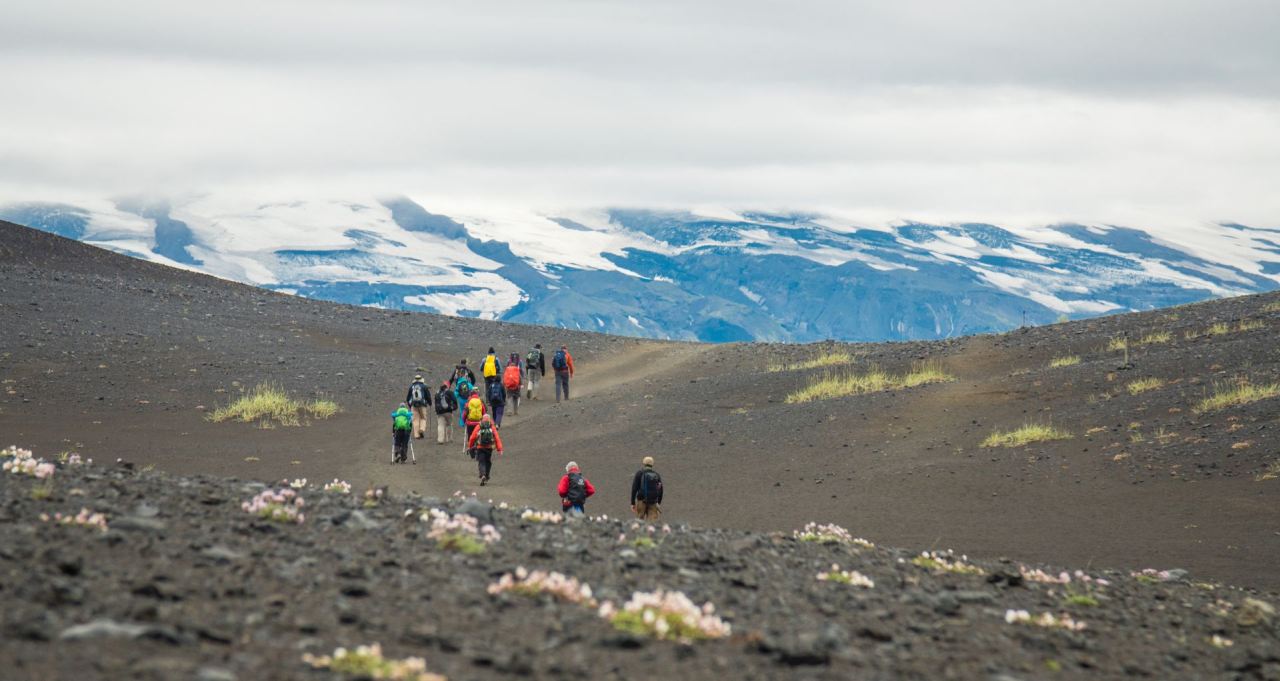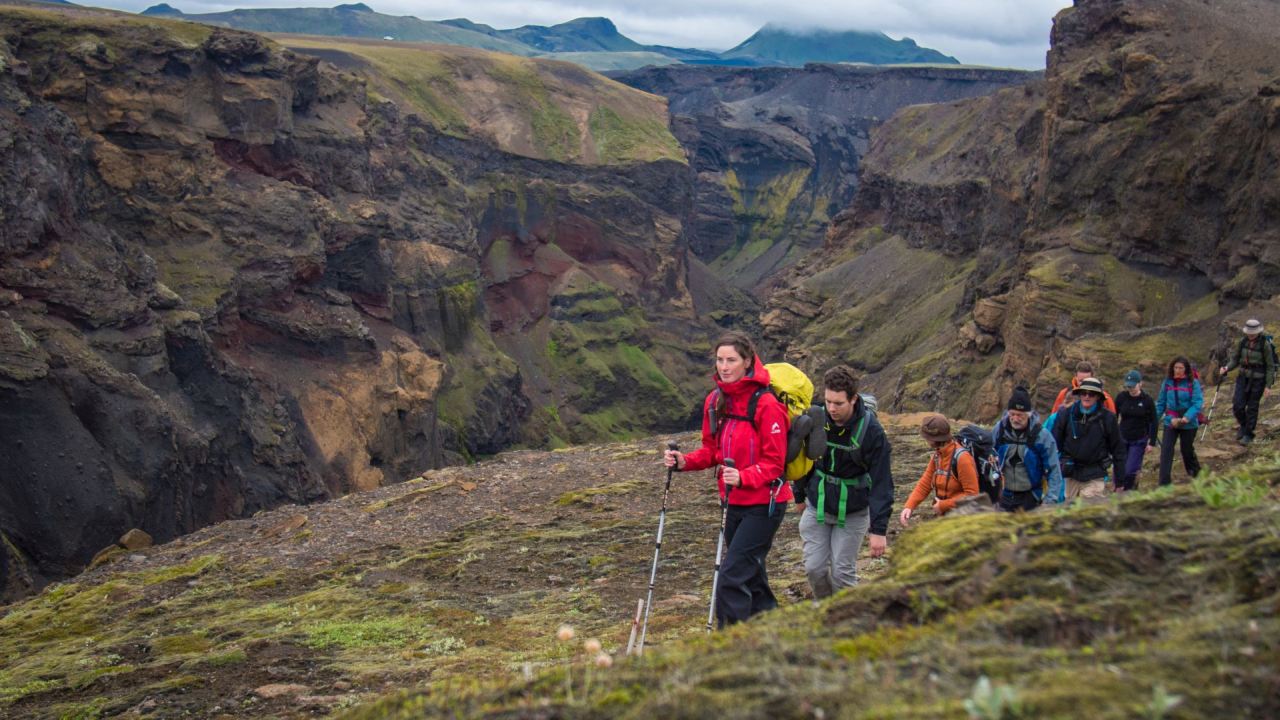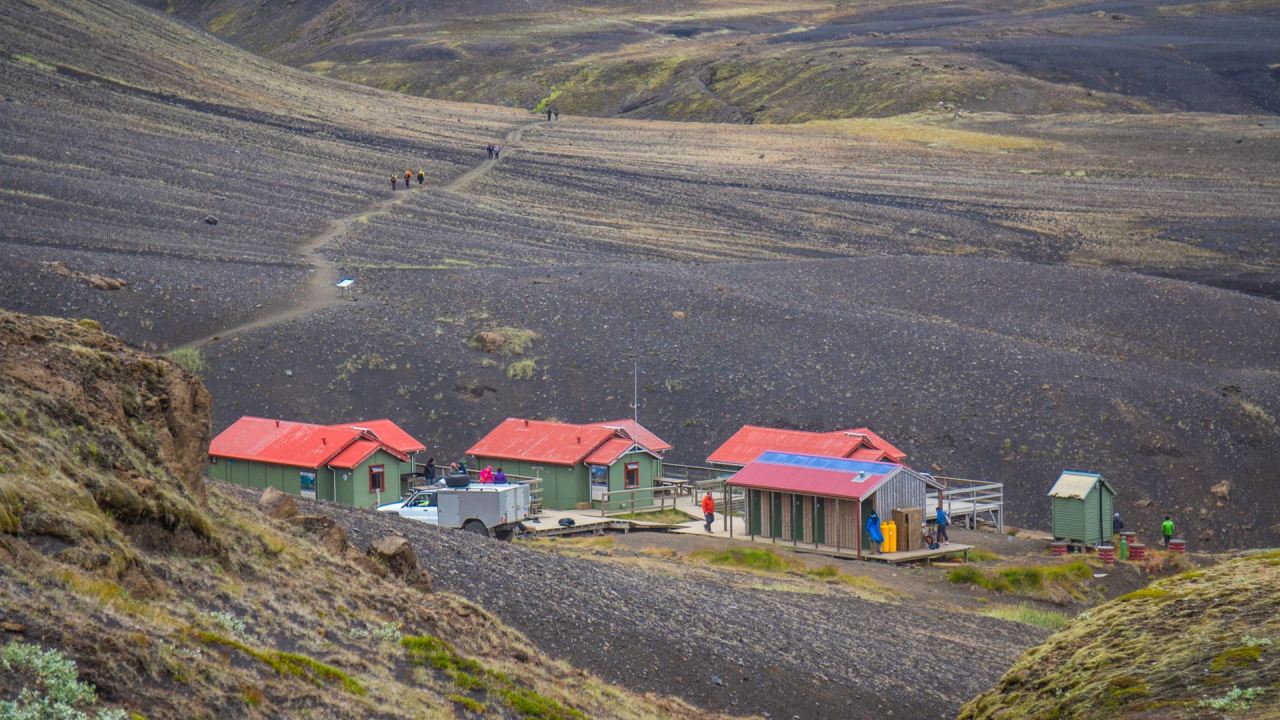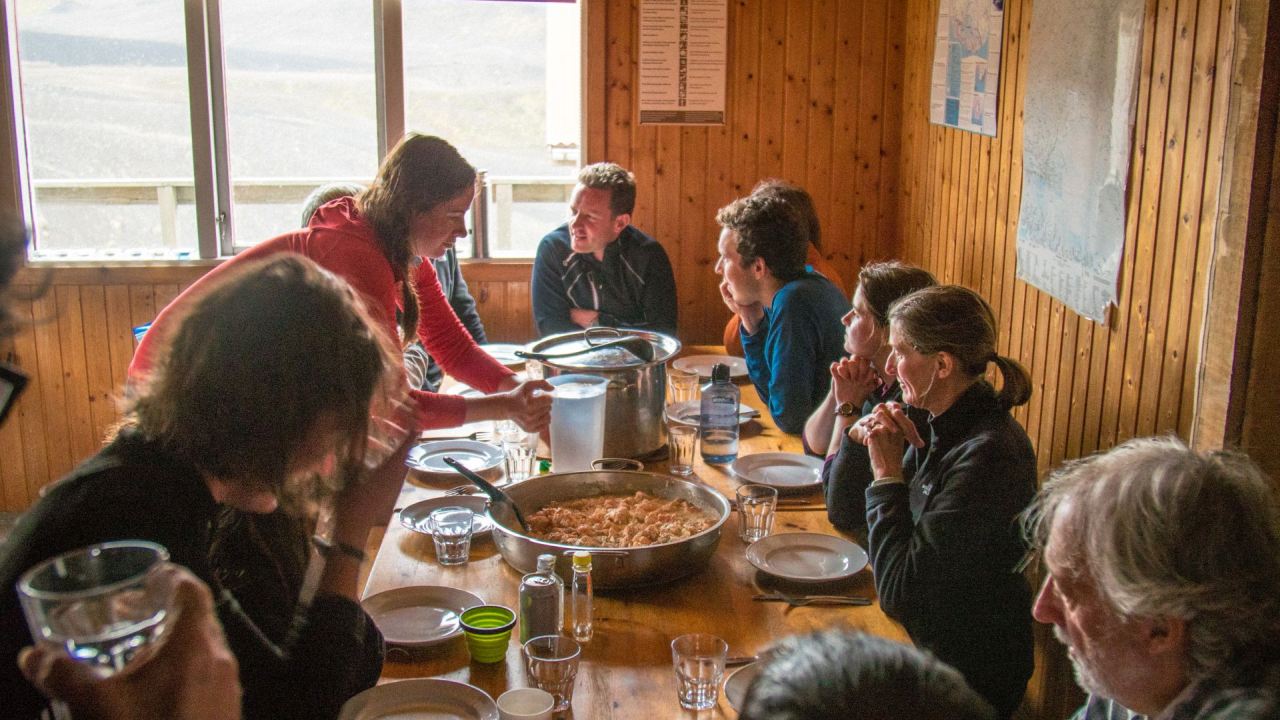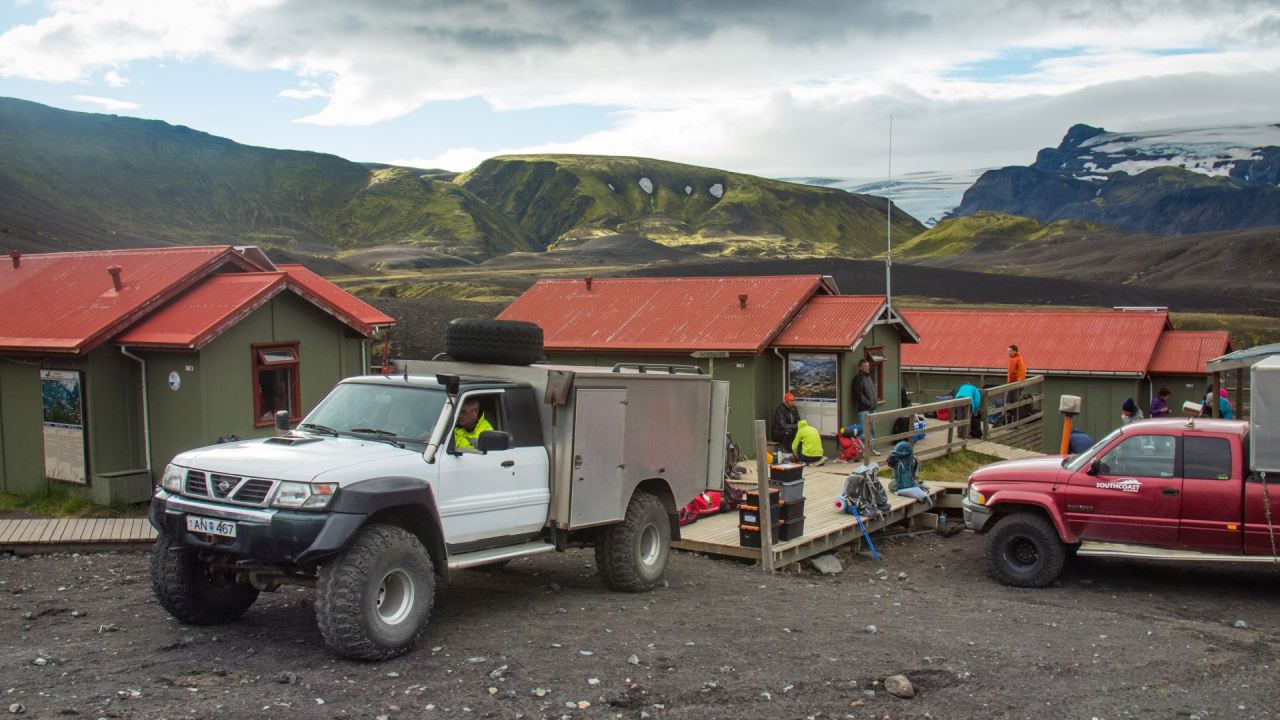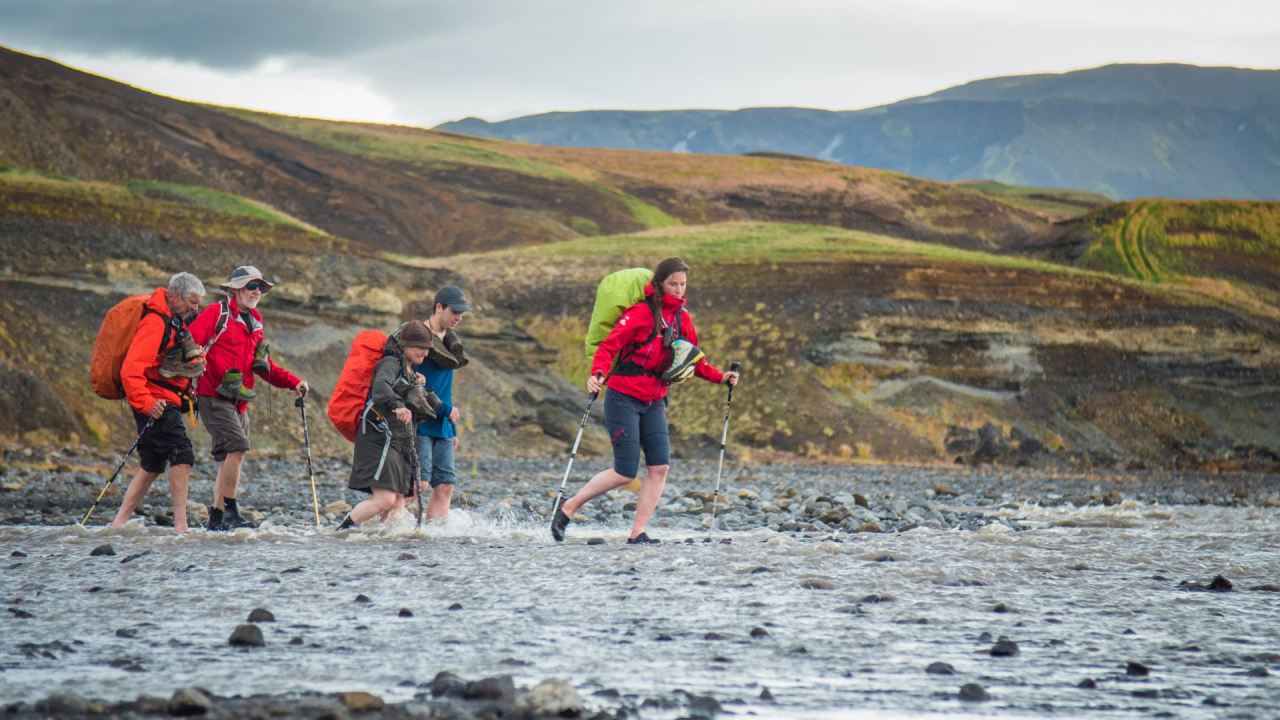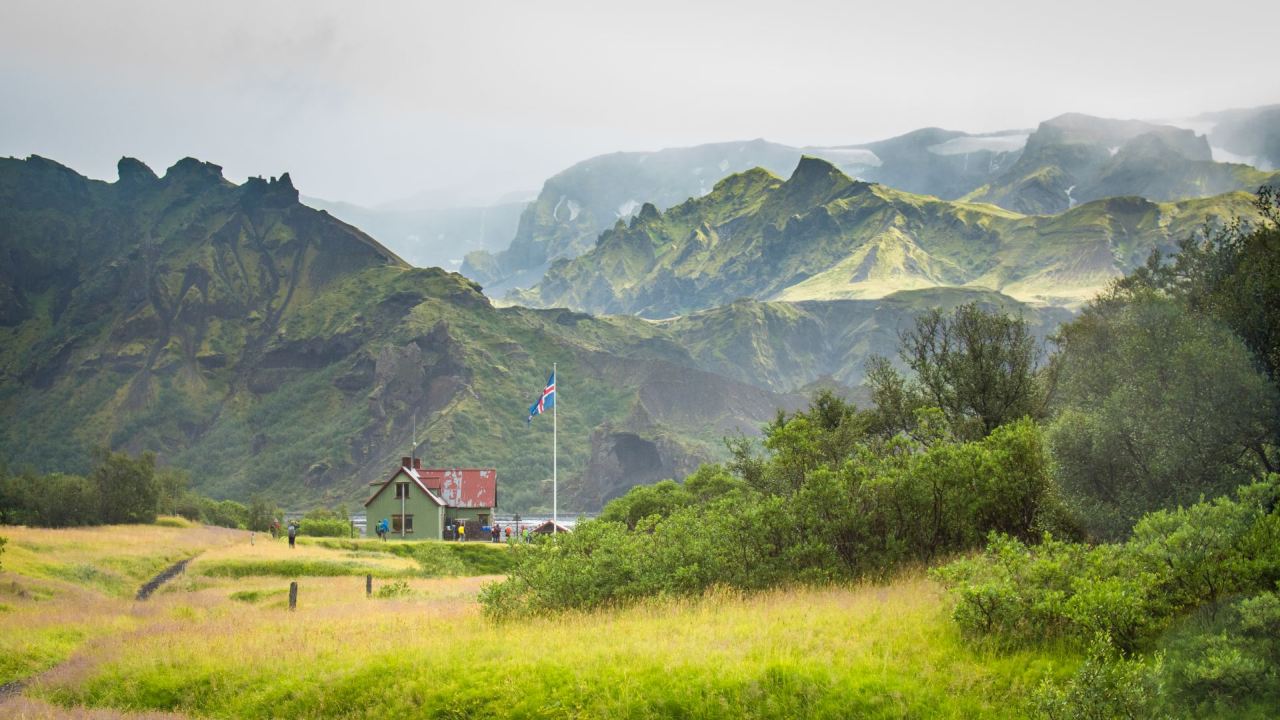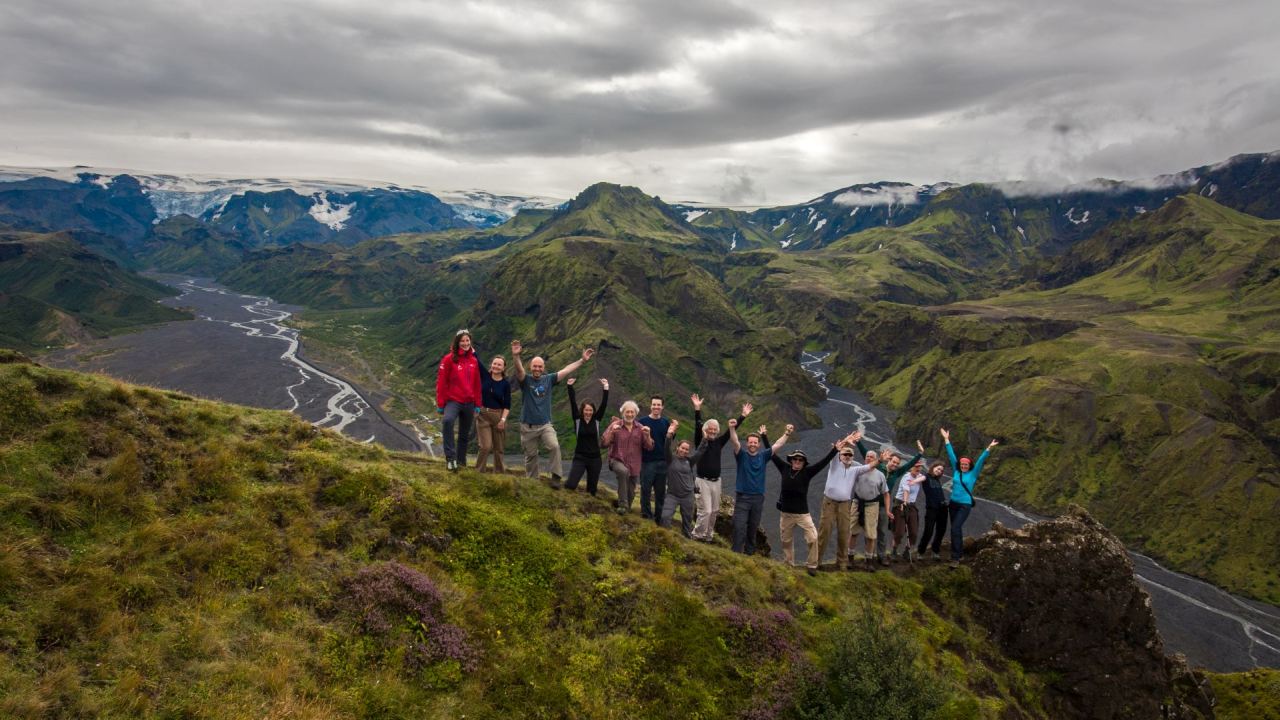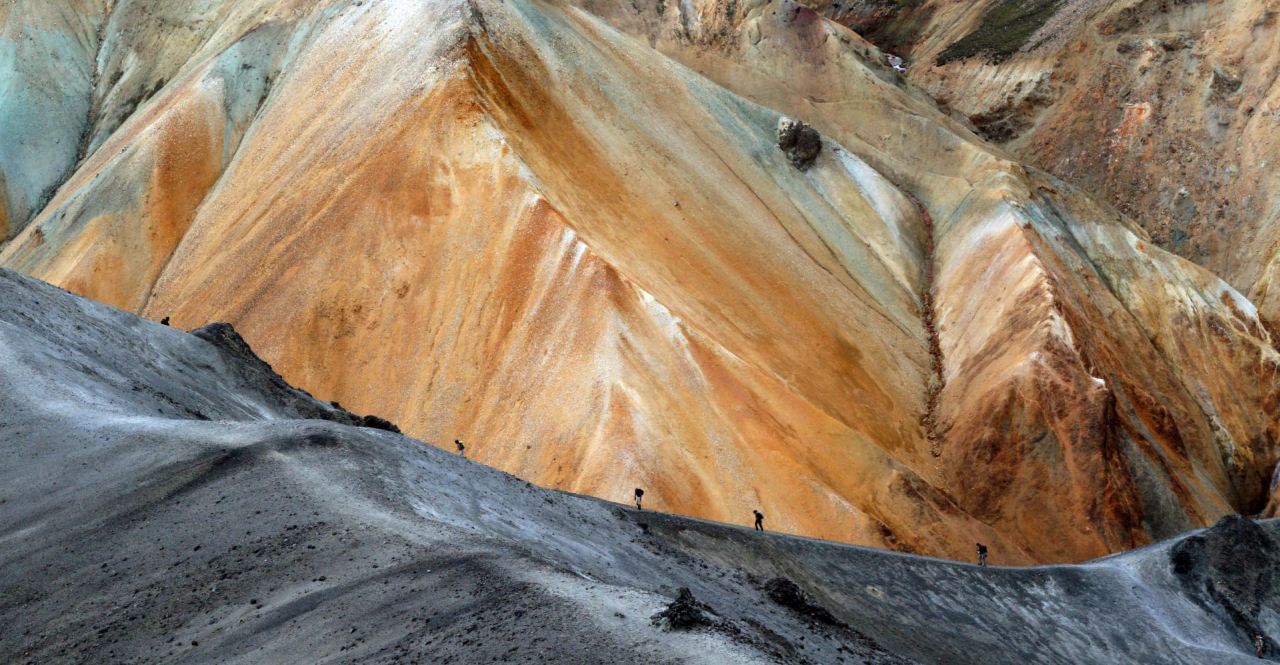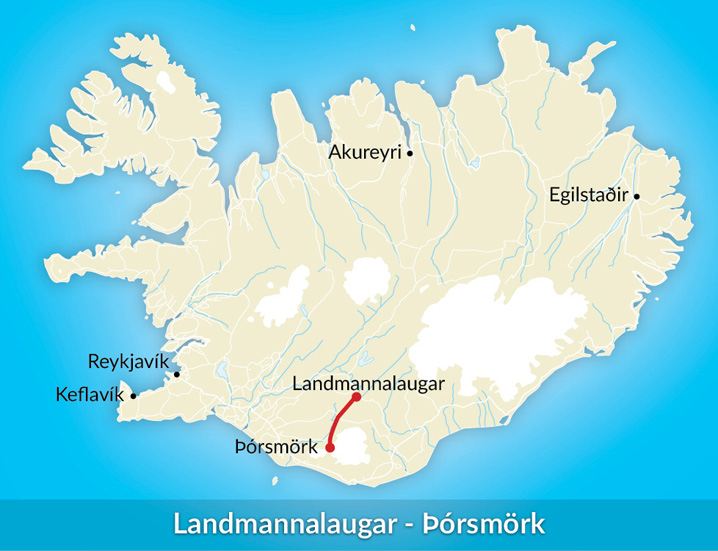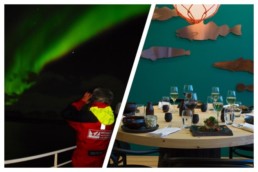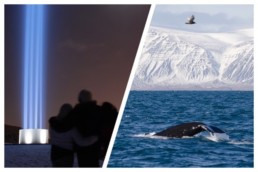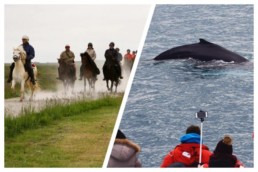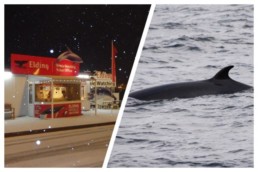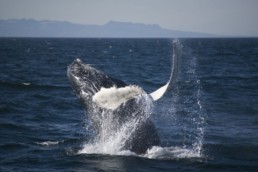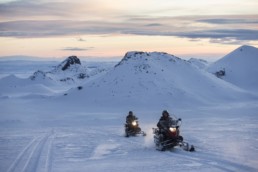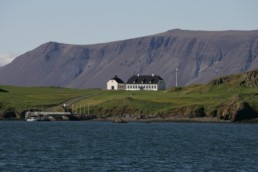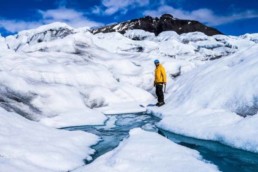FAQ
IMG31 (Landmannalaugar – Þórsmörk), IMG35 (Þórsmörk – Skógar) and IMG36 (Landmannalaugar – Skógar)
What type of sleeping bag do I need for this trek? What temperature rating do I need?
A basic sleeping bag with no specific temperature rating is sufficient for this trek since all the huts are heated.
Is it possible to rent a sleeping bag for the tour?
Yes, it is possible.
What are the sleeping arrangements like in the huts?
During the trek the accommodation will be in basic mountain huts in dormitories with single and double bunk beds or mattresses. Passengers have to be prepared to share a bunk with other travellers from the group. Some huts also have a continuous line of beds. The huts are equipped with gas stoves, kitchen utensils and running cold water and the toilets are in separate huts.
Is it possible to take a shower in the huts?
There are showers available in all huts except for the first night for 500 ISK per 5 minutes (payable by cash or card).
Is it possible to charge batteries and phones in the huts?
It is usually possible to charge electronics in all huts for 1000 ISK per item (payable by cash or card). Sometimes charging in not possible due to lack of power as solar cells are used to generate the power. We therefore recommend bringing power banks for charging your electric devices.
Do the huts have running water?
Yes, all the huts have running cold water except the hut on Fimmvörðuháls – there we melt snow for water.
Can Icelandic Mountain Guides accommodate dietary requirements due to allergy or religious reasons?
Yes, we can accommodate such requirements. We can also accommodate vegetarian dietary requirements, gluten free and vegan diet for extra price.
How much luggage do we carry during the hikes?
Your main luggage will be transported by transport vehicle and you will not have access to it until you reach the huts in the afternoon, so everything needed for the day’s trek must be in your day backpack. Please do not bring hard suitcases, duffel bag is preferable and please do not exceed 15 kg per person.
Is it possible to leave extra luggage somewhere back in Reykjavík while on the trip?
There are luggage lockers at four centrally located places in Reykjavik where you can store your extra luggage http://www.luggagelockers.is/. In ITM (Iceland Travel Marked) information center in Bankastræti 2, you can store your luggage for free when travelling with Icelandic Mountain Guides. ITM is open from 08:00 to 21:00/09:00 every day from June-August. If you are staying at the same hotel / guesthouse before and after the trek, you can usually leave your extra luggage there for no extra charge.
River crossing
Participants will need to cross rivers every day except on the first day. The water level in the rivers changes from time to time due to seasonal conditions. In some cases we will be able to step from stone to stone to get to the other side. In other cases we will need to take our shoes and socks off, put on river crossing shoes and wade the rivers. Your guide will provide you with advice on river crossing as welll as help you to cross the river. Trekking poles might come in handy when wading rivers as well as crossing with a partner
River crossing shoes – what type?
The most important thing when choosing shoes for crossing the rivers is to have shoes with good grip since the bottom of the rivers can be very slippery and/or rocky.
We recommend passengers to bring either an old pair of sneakers or a pair of sturdy sandals for crossing the rivers. The sneakers don’t dry easily though and can be a heavy addition to your backpack.
Note: The rivers can be very cold so bring warm socks such as neoprene socks.
Do you require a full payment at the time of booking?
Yes, we do. It is not possible to pay a deposit or confirmation fee.
Do passengers assist with preparing breakfast and dinner during the trek?
This is by no means necessary but guides always welcome assistance with breakfast and dinner from passengers.
Do all departures have an English speaking guide?
Yes, every single one. We also have selected departures with an English/German speaking guide and English/French speaking guide.
Is it possible to take a bath in the hot spring in Landmannalaugar?
Yes, it is possible but only for a short while. You will need to bring your bathing suits and towel in the daypack the first day.
If you have any other questions about this tour, you can contact us at incoming@mountainguides.is

